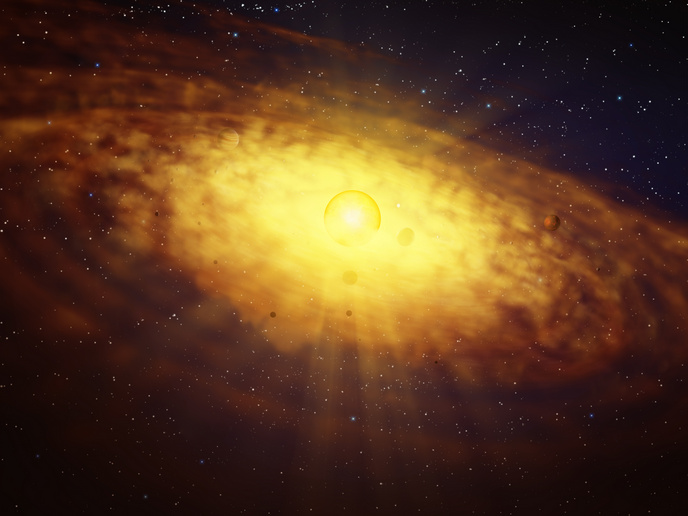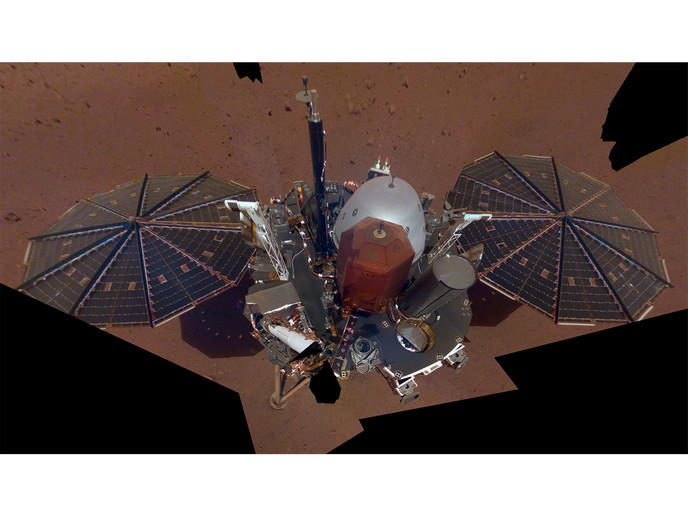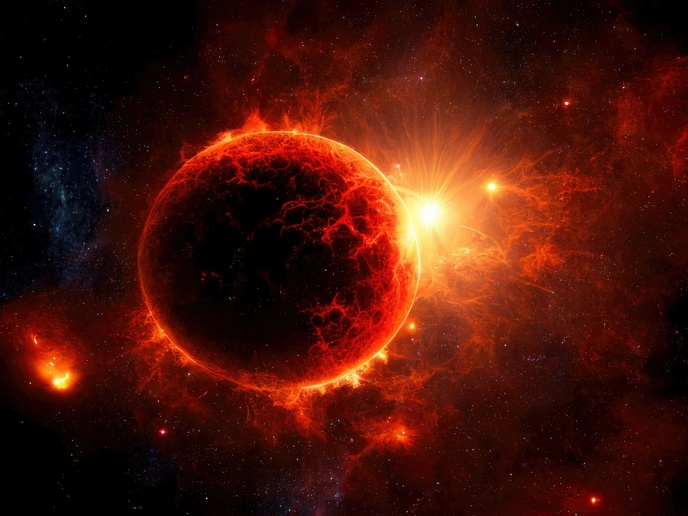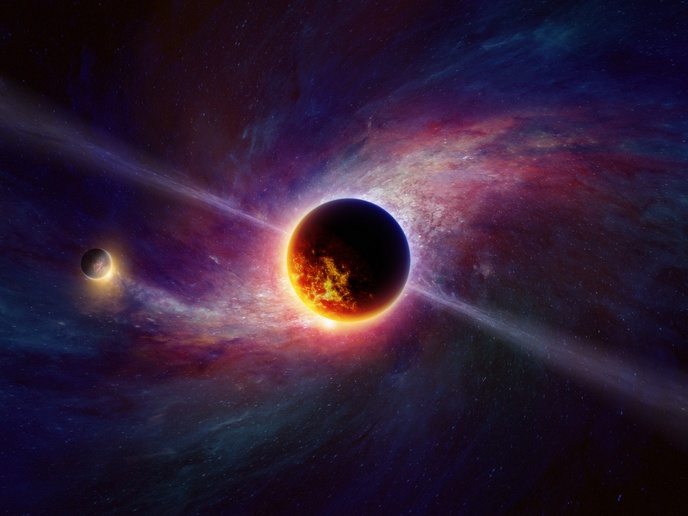New insights on how planets are formed
Planets are a by-product of star formation. When a star is born, a dense, proto-stellar disc comprised of gas and dust forms and starts to orbit the newborn star. It is within this disc that planets begin to take shape. Although scientists know that these discs possess intricate substructures, predominately manifesting as rings, that are ripe for the ongoing formation of planets, beyond that, the dynamic processes that occur within these discs of dust and gas remain a mystery. But thanks to the work being done by the EU-funded DUSTBUSTERS project, this is starting to change. “Our goal was to bust through the dust and get a good look at what happens within these discs,” explains Giuseppe Lodato, a researcher at the University of Milan, the project’s coordinating partner. “Specifically, we wanted to look at gravitational instabilities, disc warping and tearing, dust coagulation, planet-disc interactions, and the evolution in systems involving binary stars.”
The GI-wiggle and gravitational instabilities
Leveraging the power of such high-resolution telescopes and instruments as the Atacama Large Millimeter/submillimeter Array (ALMA), the project began to study issues related to the interaction of newborn planets with the gas and dust environment in which they are born. One of those issues was the study of self-gravitating discs. Here, the project set up a task force to study the dynamics of these systems and, in a series of papers, successfully described the so-called GI-wiggle, the signature of gravitational instabilities in a disc. According to Lodato, this line of research has paved the way to developing a new method for measuring disc masses based on rotation curves. “These results have played a large part in shifting our attention away from the study of thermal continuum emission of discs to the study of molecular line emissions – a shift that ultimately allows us to better explore disc kinematics,” he says.
Large populations of discs, the environment and planet formation
Another key focus of the project was the study of large populations of discs. “We developed a novel method for analysing synthetic populations of discs, which helps us understand how turbulence or magnetic disc winds could impact long-term disc evolution,” notes Lodato. The project, which received support from the Marie Skłodowska-Curie Actions programme, also looked at the role the environment plays in planet formation, with a particular focus on how discs can be highly distorted by interactions with bound systems and stellar fly-bys.
A global community of scientists
While DUSTBUSTERS’ scientific findings are groundbreaking, perhaps the project’s biggest legacy is its global community of scientists. Collectively, this community of 58 scientists has been involved in several major international research projects. They also published over 270 scientific papers and helped author the reference book on protostars and planets. “What I am most proud of goes beyond the immediate scientific results and is related to building up a community whose impact will go well beyond the project itself,” concludes Lodato. “The scientists involved in DUSTBUSTERS have a clear sense of being part of something big – a community effort towards understanding planet formation.”
Keywords
DUSTBUSTERS, planets, planet formation, telescopes, star, GI-wiggle, gravitational instabilities, Atacama Large Millimeter/submillimeter Array, ALMA







